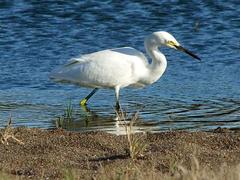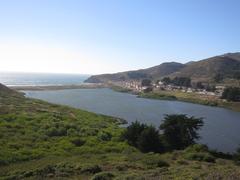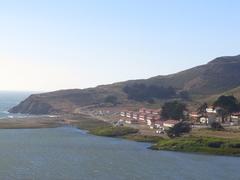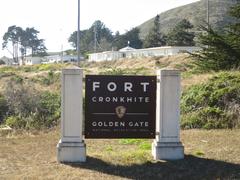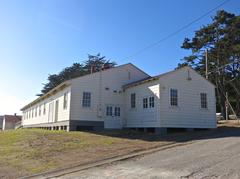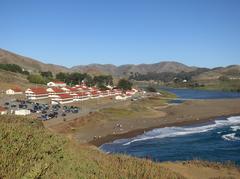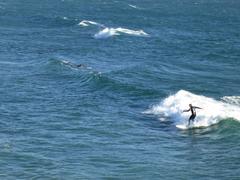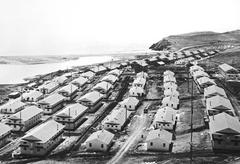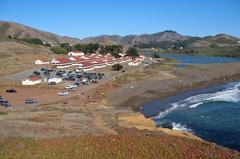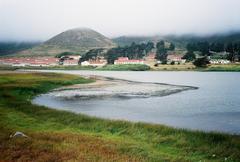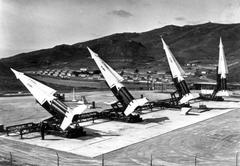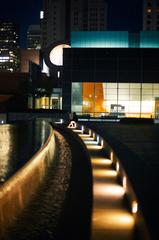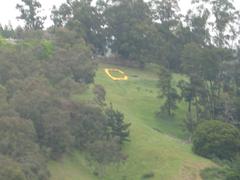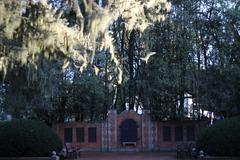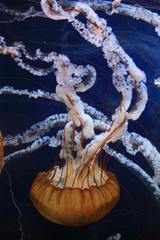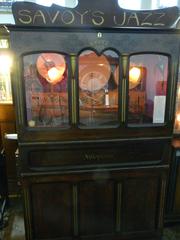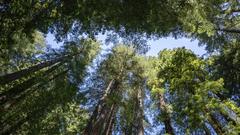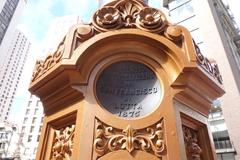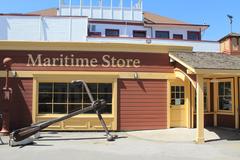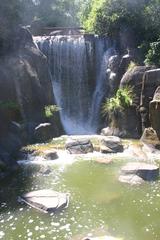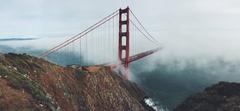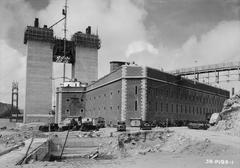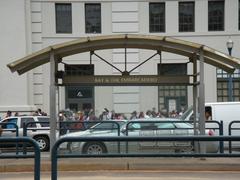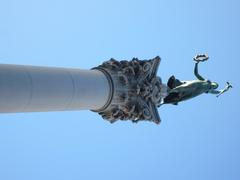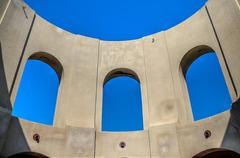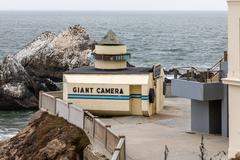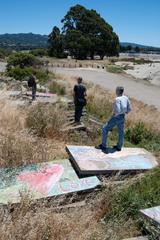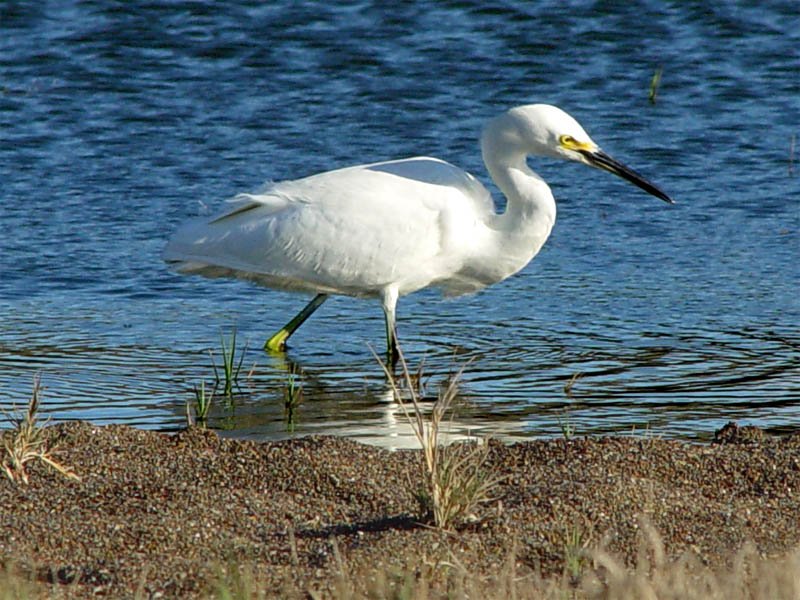
Comprehensive Guide to Visiting Fort Cronkhite, San Francisco, United States
Date: 24/07/2024
Introduction
Nestled in the picturesque Marin Headlands of the Golden Gate National Recreation Area, Fort Cronkhite is a compelling historical site offering insights into the United States’ coastal defense efforts during World War II. Constructed in 1941, this fortification served as a crucial part of the Harbor Defenses of San Francisco, playing a pivotal role in protecting one of America’s most vital port cities from potential enemy attacks. Today, Fort Cronkhite stands as a well-preserved relic of wartime architecture and military strategy, making it a significant point of interest for history enthusiasts, nature lovers, and casual visitors alike. This guide aims to provide a comprehensive overview of Fort Cronkhite’s history, significance, and visitor information, ensuring an enriching and memorable experience for all who visit this iconic landmark (National Park Service).
Table of Contents
- Introduction
- History and Significance
- Post-War Transition
- Visitor Information
- Preservation and Public Access
- Educational and Cultural Impact
- FAQ
- Conclusion
History and Significance
Origins and Construction
Fort Cronkhite, located in the Marin Headlands of the Golden Gate National Recreation Area, stands as a significant historical site from World War II. The fort was constructed in 1941 as part of the U.S. Army’s extensive efforts to bolster coastal defenses during the war. The buildings at Fort Cronkhite are representative of the thousands of wartime barracks, mess halls, and supply buildings constructed across the United States during this period. These structures were part of a broader initiative to create temporary military posts for the training and housing of soldiers (National Park Service).
Strategic Importance
Fort Cronkhite played a crucial role in the Harbor Defenses of San Francisco, a network of military installations designed to protect the San Francisco Bay from potential enemy attacks. The fort housed hundreds of Coast Artillery soldiers whose primary mission was to man gun batteries, radar sites, and other fortifications strategically positioned on the high ridges overlooking the fort. These defenses were essential in safeguarding one of the United States’ most important port cities during World War II (National Park Service).
Architectural Significance
The architectural design of Fort Cronkhite is typical of the mobilization posts built during World War II. These wood-frame structures were designed to be temporary, yet many have survived to this day, providing a glimpse into the wartime efforts of the 1940s. By some estimates, more than 100,000 similar buildings were constructed between 1940 and 1945 across the United States. Fort Cronkhite remains one of the best-preserved examples of these mobilization posts, offering valuable insights into the military architecture and logistics of the era (National Park Service).
Role During World War II
During World War II, Fort Cronkhite was a bustling military post. Soldiers stationed at the fort were responsible for operating the coastal defense systems, which included large gun batteries capable of firing at enemy ships attempting to enter the San Francisco Bay. The fort also housed radar installations that were crucial for detecting incoming aircraft and ships. The presence of these defenses played a significant role in maintaining the security of the West Coast during the war (National Park Service).
Post-War Transition
After World War II, the strategic importance of coastal defense installations like Fort Cronkhite diminished with the advent of new military technologies and changing defense strategies. Many of the temporary buildings constructed during the war were dismantled or repurposed. However, Fort Cronkhite remained largely intact, eventually becoming part of the Golden Gate National Recreation Area. Today, it serves as a historical site, preserving the legacy of the soldiers who served there and the broader efforts to defend the United States during a critical period in history (National Park Service).
Visitor Information
Visiting Hours and Tickets
Fort Cronkhite is open to the public year-round from sunrise to sunset. Admission is free, but donations are welcome to support preservation efforts. There are no tickets required for general entry, making it an accessible destination for history enthusiasts and casual visitors alike.
Guided Tours and Special Events
The National Park Service offers guided tours that provide in-depth insights into the history and significance of Fort Cronkhite. Special events, such as historical reenactments and educational programs, are also held periodically. Check the official website for the latest information on upcoming events and tour schedules.
Travel Tips and Nearby Attractions
Fort Cronkhite is located in the picturesque Marin Headlands, offering stunning views of the Pacific Ocean and the Golden Gate Bridge. Visitors can reach the site by car or public transportation. Parking is available, but it can fill up quickly on weekends and holidays. Nearby attractions include the Point Bonita Lighthouse, the Marin Headlands Visitor Center, and the scenic Coastal Trail, which offers excellent photographic spots.
Preservation and Public Access
Fort Cronkhite is now managed by the National Park Service, which has undertaken efforts to preserve the site and make it accessible to the public. Visitors can explore the well-preserved barracks, mess halls, and other buildings that provide a tangible connection to the past. The site also offers educational programs and guided tours that delve into the history and significance of the fort, providing a comprehensive understanding of its role during World War II (National Park Service).
Educational and Cultural Impact
The preservation of Fort Cronkhite serves not only as a historical monument but also as an educational resource. Schools and educational groups frequently visit the site to learn about World War II, coastal defenses, and the daily lives of soldiers stationed at the fort. The National Park Service provides a variety of educational materials, including the “Fort Cronkhite History Walk - A World War II Army Post that Helped Defend San Francisco,” which offers detailed insights into the fort’s history (National Park Service).
FAQ
Q - What are the visiting hours for Fort Cronkhite?
A - Fort Cronkhite is open from sunrise to sunset year-round.
Q - Is there an admission fee or tickets required to visit Fort Cronkhite?
A - Admission is free, and no tickets are required for general entry.
Q - What are some nearby attractions to Fort Cronkhite?
A - Nearby attractions include the Point Bonita Lighthouse, the Marin Headlands Visitor Center, and the Coastal Trail.
Q - Are guided tours available at Fort Cronkhite?
A - Yes, the National Park Service offers guided tours. Check the official website for schedules and details.
Q - How can I support the preservation of Fort Cronkhite?
A - Donations are welcome and can be made through the National Park Service’s official channels.
Conclusion
Fort Cronkhite stands as a testament to the United States’ efforts to protect its shores during World War II. Its well-preserved buildings and strategic location offer a unique window into the past, allowing visitors to explore and understand the significant role it played in the nation’s defense. Managed by the National Park Service, Fort Cronkhite continues to educate and inspire future generations, ensuring that the history and sacrifices of those who served are not forgotten. Plan your visit today and immerse yourself in this remarkable piece of American history (National Park Service).
References
- National Park Service. (n.d.). Fort Cronkhite. Retrieved July 24, 2024, from https://home.nps.gov/goga/learn/historyculture/fort-cronkhite.htm
- Golden Gate National Parks Conservancy. (n.d.). Fort Cronkhite. Retrieved July 24, 2024, from https://www.parksconservancy.org/parks/fort-cronkhite
- Marine Mammal Center. (n.d.). Retrieved July 24, 2024, from https://www.marinemammalcenter.org/
- NatureBridge. (n.d.). Retrieved July 24, 2024, from https://naturebridge.org/
